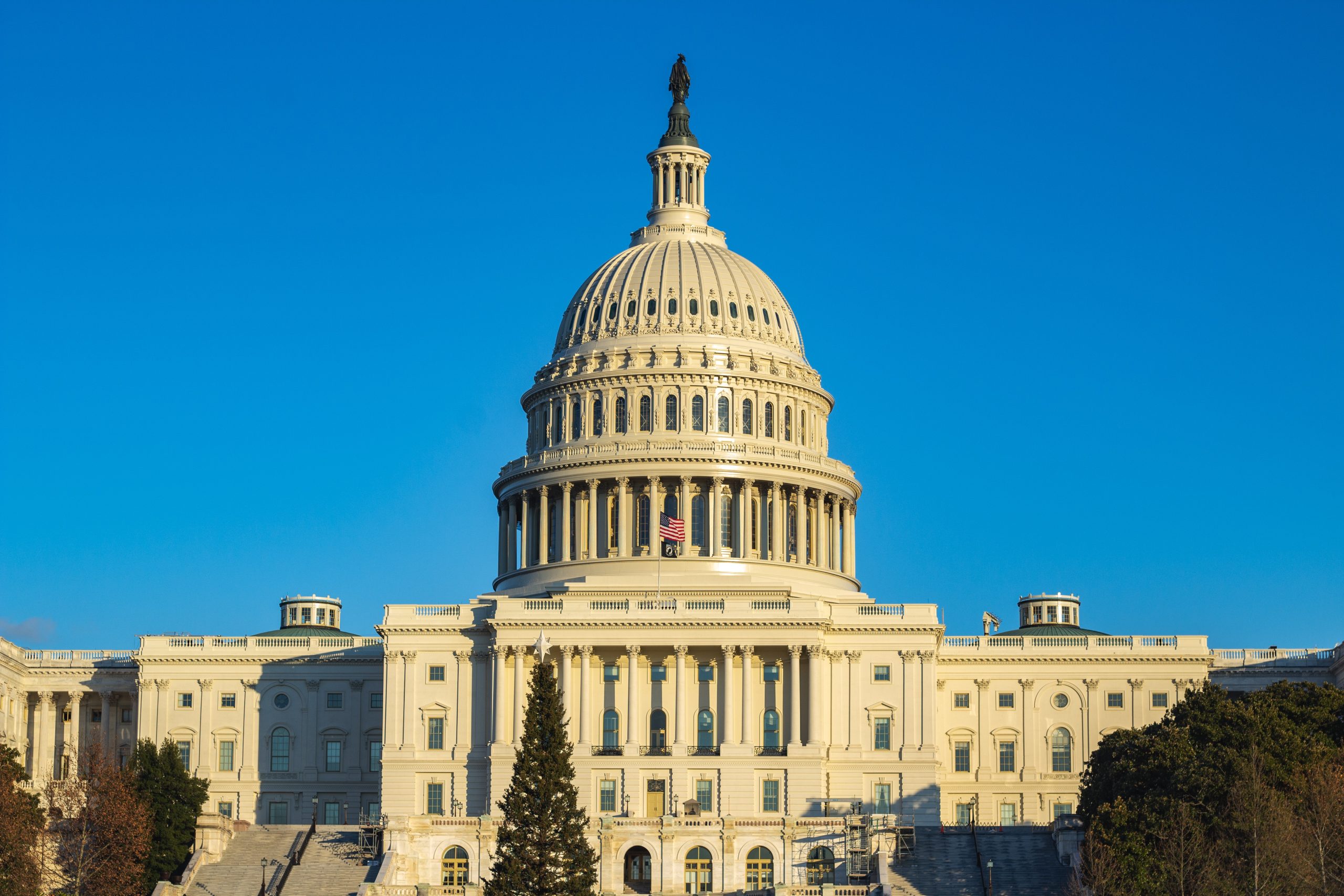Boston (MA)
F&D Partners emerges as a prominent consulting firm, specializing in sustainability and energy efficiency and operating in several deregulated US states, Canada and Mexico, helping clients save up to 40% on their energy supply costs, while helping their buildings become more energy efficient and reduce emissions, including Hotels, Production Facilities, Hospitals, Higher Education Institutions, Technology Centers, Various Facilities, etc.
Call us today
+1 (917) 754 - 3588
commercial Accounts
states We operate
Retention Rate
Let's get in touch
WHAT IS BEPS?
The District employs Building Energy Performance Standards (BEPS) as a regulatory instrument to aid in achieving its green building and climate objectives, as specified in the Clean Energy DC Plan. This strategy represents an action plan to improve sustainability, resilience, and equity. This plan details the activities that must be performed in the District’s buildings, energy infrastructure, and transportation system between now and 2032 by both private enterprise and the District government to accomplish the District’s ambitious greenhouse gas (GHG) reduction targets.To achieve these GHG reductions, the District will employ three primary strategies:
- Efficient building design and operation for both new and existing structures.
- Modernized and sustainable energy supply, reducing the District’s reliance on fossil fuels and maximizing local renewable energy generation.
- Transportation electrification and changes in mode share.
Which buildings does it apply to?
You may find out if your building complies with BEPS by visiting DOEE’s publicly accessible database, Building Energy Performance Disclosure.
BEPS is based on the District’s benchmarking program, thus if your property is required to be benchmarked, the BEPS program applies to it. As a result, the first BEPS period will apply to private structures greater than 50,000 square feet and DC-owned buildings greater than 10,000 square feet.
All privately-owned buildings over 25,000 square feet will be required to benchmark by April 1, 2022 (beginning with calendar year 2021 data), and all privately-owned buildings above 10,000 square feet will be required to benchmark by April 1, 2025. (starting with calendar year 2024 data).

What are the penalties?
The penalty for non-compliance at the end of the BEPS cycle is $10 per square foot up to a maximum of $7,500,000. Penalties will be proportionally adjusted based upon the distance a project gets to its intended target.
FREQUENTLY ASKED QUESTIONS
The plan outlines several objectives that include achieving a 50% decrease in greenhouse gas emissions by 2032, attaining carbon neutrality by 2050, reducing District-wide energy consumption by 50% by 2032, and ensuring that all the electricity used in the District comes from renewable sources by 2032.
If a building’s ENERGY STAR score is equal to or higher than the established standard, it will be considered compliant for the current performance period. However, any projects that fall below the standard will be considered non-compliant and must choose one of four pathways before the end of the performance period to avoid fines. Building owners must communicate their selected pathway to DOEE by April 1, 2023.
The four pathways include:
- the Standard Pathway, which requires meeting the standard ENERGY STAR score or source EUI for their property type;
- the Performance Pathway, which requires achieving a 20% reduction in site EUI;
- the Prescriptive Pathway, which requires following specific efficiency measures outlined in the BEPS Compliance and Enforcement Guidebook for Compliance Cycle 1;
- The Alternative Compliance Pathway, which involves working with DOEE to develop a custom pathway for compliance.
Owners of buildings with an area less than 50,000 square feet will be subject to a staggered compliance schedule as outlined below:
- Privately-owned buildings that are larger than 50,000 square feet and District-owned buildings that are larger than 10,000 square feet were required to begin compliance as of January 1, 2021.
- Privately-owned buildings with an area between 25,000 and 50,000 square feet were required to start benchmarking from January 1, 2022.
- Privately-owned buildings with an area between 49,999 and 25,000 square feet will need to begin compliance by January 1, 2023.
- Privately-owned buildings with an area between 10,000 and 25,000 square feet will need to start benchmarking by January 1, 2025.
- Owners of buildings with an area between 24,999 and 10,000 square feet will need to begin compliance from January 1, 2026.
- The second compliance cycle for buildings larger than 25,000 square feet will start from January 1, 2027.
- The third compliance cycle for buildings larger than 10,000 square feet will begin from January 1, 2033.
Contact F&D Partners for a consultation on handling your energy compliance nationwide: +1 (917) 754-3588
